Charles Darwin presented the concept of evolution In 1859. He published his book, Origin of Species, which suggested the concept of evolution by natural selection. Darwin defined evolution as “descent with modification,” meaning that species change over time, resulting in new species that share a common ancestor.
Darwinian evolution is based on natural selection. As natural resources are limited, organisms well adapted to the changing environment and biological conditions will have better chances of survival and reproduction, thus causing a slight difference in each generation of species.
Physical and genetic studies show that modern humans, homo sapiens, are closely similar to another group of primates, the apes. Monkeys, apes, and lemurs are closely related, and all have evolved from a common ancestor over the last 60 million years. As primates share a common ancestor, they are genetically similar. Human DNA is, on average, 96% identical to the DNA of most distant primates and nearly 99% identical to chimpanzees and bonobos.
Fossil records show that humans first evolved in Africa, and most of the human evolution occurred in African areas. Let’s step back millions of years to see how the primitive creatures looked and what changes happened over a lapse of time.
Proconsuls
The story of human evolution dates back to fruit-eating Proconsuls, who used to live in African trees. Depending upon the species, they varied in size, from marmosets to gorillas on open palms. Their skull was primitive, and the brain was simple and small-sized.
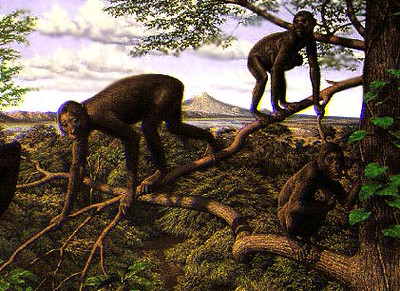
But 10 million years ago, a drop in temperature made the African jungle sparse, making it impossible to move from tree to tree via branches. This resulted in a physically transformed creature adapted to the new environment. It was Ardipithecus Ramidus.
Ardipithecus Ramidus
The descendants of Proconsul, Ardipithecus ramidus, emerged about 4.5 million years ago. Ardipithecus ramidus was reported in 1994 for the first time. In 2009, scientists announced its partial skeleton named “Ardi.” They had a slightly altered physical appearance.
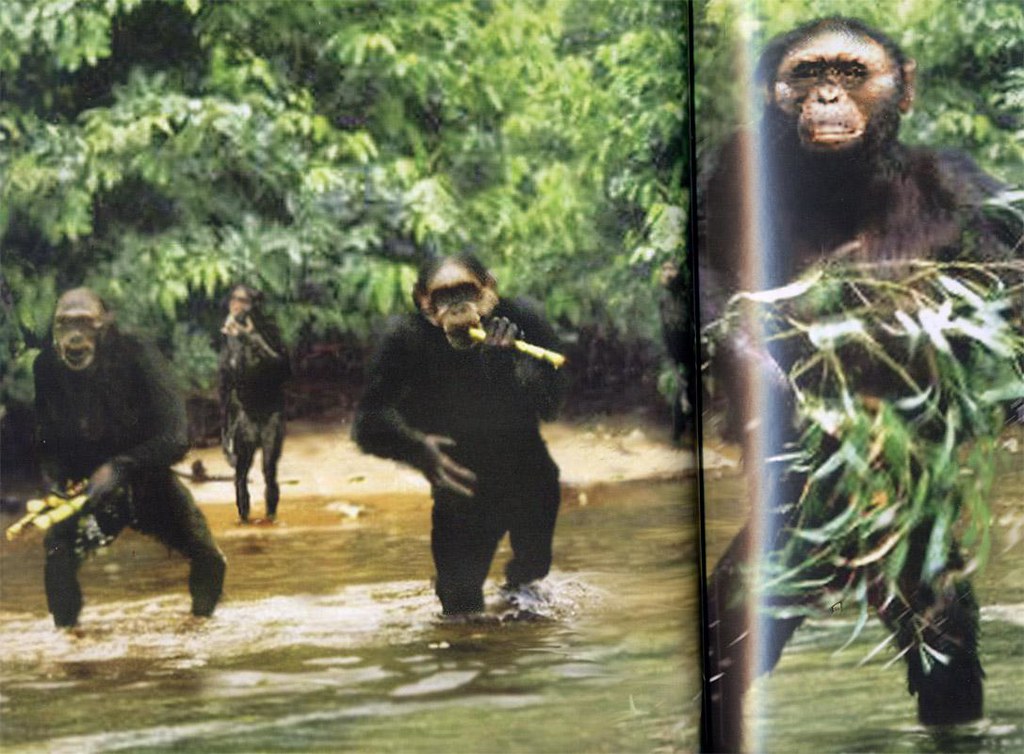
The arms of Ardipithecus were knee-length, and the hands were half human and half apelike. However, their feet were still prehensile, with unique arches that allowed bipedalism. Their estimated height was around 4 feet, and they weighed approximately 50 kilograms.
The skull of Ar. Ramidus most closely resembled earlier hominids. However, it also had some similarities to later species, such as Australopithecus. The face was short, and the cranial capacity (the braincase volume) was close to that of chimpanzees.
However, there is no clue for specific cultural attributes related to Ardipithecus ramidus. Still, shreds of evidence show that they may have used simple tools like twigs, sticks, or other plant material. According to archaeologists, this species lived mainly in trees, searching for food and shelter, and it inhabited moderately moist and heavily forested woodland.
Australopithecus Afarensis
Life moved on… trees became sparse, and Africa turned into boundless Savana. New creatures paced into the savanna. These were Australopithecus afarensis who lived about 2 to 3 million years ago. These were slightly taller and lighter than Ardipithecus ramidus. As characterized by the fossil evidence, members of Australopithecus had a combination of humanlike and apelike features.
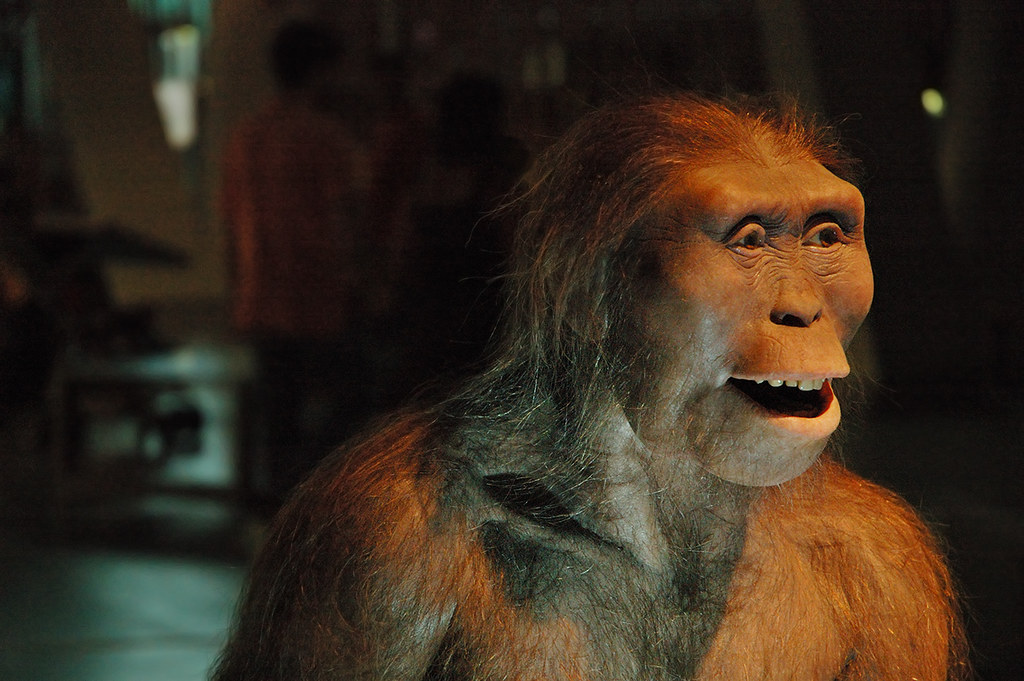
The good thing was that they adjusted well to their new homes. They walked upright. According to its unspecialized skull and dentition traces, it was neither a fruit specialist like chimpanzees nor a chewer of a stricter diet like Australopithecus. It was a woodland omnivore whose diet may have included fruits, nuts, and small vertebrates.
Afarensis lived by forming cohesive groups to repel any dangers. Even though their skull was still apelike, with an obstructive muzzle and extended forehead, they were more like modern humans in that they were bipedal. However, unlike apes, their brains were tiny. Their canine teeth were smaller than those found in apes, and their cheek teeth or post-canines were larger than those of modern man.
Homo habilis (handyman)
Homo habilis (handyman) got this name for a reason; it was the first human ancestor who inhabited parts of sub-Saharan Africa from roughly 2.4 to 1.5 million years ago. There is the opinion that they were the first who used handmade tools from stones. The man was now armed.
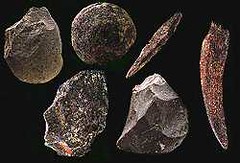
In addition, fossils reveal that the skull was slightly larger than that of australopithecines, suggesting an increase in brain size. They had smaller faces and teeth. However, they still had apelike features, with long arms and moderately prognathic faces. Unlike modern humans, their teeth were arranged in a more rounded arc, while their leg and foot bones show that they walked on two feet.
Their average height was 3 ft 4 in-4 ft 5 in, and they weighed 70 pounds. Most H. habilis lived in grassland environments and mainly ate vegetarian fare. However, they consumed meat occasionally.
Homo Erectus (working man)
Time passed, and new species showed up. Homo erectus (working man) appeared around 1.5 million years ago. This well-known ancestor of modern humans was discovered in Indonesia in 1891. It lived from almost 2 million years ago to roughly 143,000 years ago. The fossil record shows that it expanded out of Africa and into western Asia, then to eastern Asia and Indonesia.
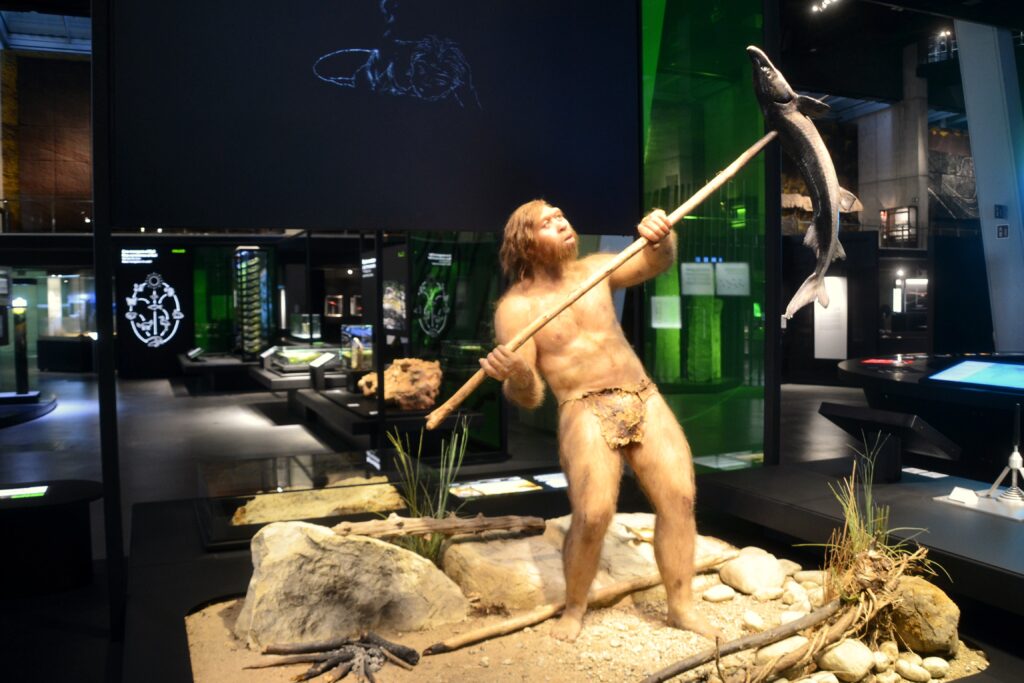
These hominids used hand axes, thus making them the first users of tools they created themselves. Homo erectus were large hominids. Some reached a maximum height of 6 feet and a weight of about 150 pounds. They had relatively smaller teeth, and jaws were lighter compared to early Homo or australopithecines. Their faces were less prognathic or forward-thrusting in the upper and lower jaws.
H. Erectus brain size was smaller than that of humans today, and their skulls were thicker. Most evidence shows they walked and ran much like the present-day man. According to a 2013 overview of H. Erectus that Van Arsdale published in the Nature Education Knowledge Project, some H. erectus individuals also had much larger brains than older hominins.
It was the first human ancestor to have similar limb and torso proportions as modern humans, and it had a similar range of body sizes. Instead of swinging from tree branches from branch to branch, it had adapted to walking on two feet in a grassland environment. However, they became the terror of the African savanna.
Anthropologists found cut marks on animal bones. There were skeletons of antelope and elephants surrounded by stone tools in East Africa. These are visible evidence of a new stage of our evolution. However, quite a few fossils of the first humans have remained in Africa now.
H. Erectus probably moved across northern Africa, the Sinai Peninsula, and Asia as environmental changes created suitable habitats and food sources there. But nature did not give a hearty welcome to man. We find human remains with marks of predators’ teeth.
Homo heidelbergensis
Homo heidelbergensis was the first prehistoric human whose brain size was equal to ours. But their features were still savage. According to some studies, Homo heidelbergensis gave rise to our species, Homo sapiens, about 200,000 years ago in Africa.
Separate populations of Homo heidelbergensis living in Eurasia evolved too, becoming the Neanderthals in the west and an enigmatic group called the Denisovans in the east. It was the first early human species that lived in colder climates. Having short and wide bodies was likely an adaptation for conserving heat.
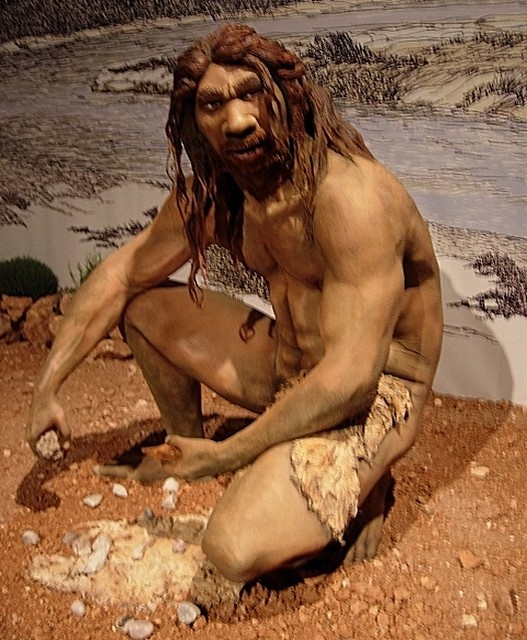
These hominids were similar in size to modern humans, with males reaching an average height of about five ft. 9 inches and females growing up to 5ft. 2 inches on average. They used spears for hunting, built shelters using rocks and wood, and buried the dead. A species like this lived when humans controlled fire and used wooden spears for hunting large animals.
H. heidelbergensis is primarily distinguished from H. Erectus -as it had increased cranial capacity and a more modern skull vault.
Modern humans
The most recent chapter in the story took place within the last 100,000 years, when modern humans spread across the globe, wiping out Neanderthals and Denisovans.
The brains of human ancestors have been growing larger throughout human evolution, and today’s humans have a bigger brains. Homo sapiens living today have an average brain size of about 1350 cubic centimeters, which makes up 2.2% of our body weight.

Modern humans have a more juvenile appearance than their ancestors, with less prominent brow ridges and forward-protruding jaws. The face is reasonably small with a projecting nose bone, jaws are short, which results in an almost vertical face, and the teeth are relatively small compared with earlier species. Also, the limb bones are thinner, and legs are longer than arms. Modern man is more cultured and civilized, with high intelligence and cultural diversity.
Although human evolution includes all those species more closely related to H. sapiens than apes, we use the adjective human only to describe H. sapiens and other members of the genus Homo (e.g., H. Erectus, H. habilis). Even though the definition of H. sapiens is still a matter of active debate.
It is still too early to answer all questions, and new fossil finds may alter the story. Our ancestors shared the planet with at least one other species for seven million years. Thousands of years after the predecessors became extinct, only Homo sapiens remain on the earth today.
References:
- https://www.newscientist.com/question/humans-evolve-apes/
- https://humanorigins.si.edu/education/introduction-human-evolution
- https://www.amnh.org/explore/news-blogs/research-posts/fossil-apes-human-evolution
- https://www.youtube.com/watch?v=SGxDv7XybSo
- https://www.youtube.com/watch?v=ehV-MmuvVMU
- https://www.khanacademy.org/science/ap-biology/natural-selection/natural-selection-ap/a/darwin-evolution-natural-selection
- https://www.britannica.com/topic/Australopithecus
- https://sciencing.com/seven-stages-early-man-8476116.html
- https://www.amnh.org/exhibitions/permanent/human-origins/understanding-our-past/living-primates#:~:text=Because%20primates%20are%20related%2C%20they,closest%20relatives%2C%20chimpanzees%20and%20bonobos.
- https://www.nhm.ac.uk/discover/homo-erectus-our-ancient-ancestor.html#:~:text=The%20extinct%20ancient%20human%20Homo,the%20first%20to%20cook%20food.
- https://humanorigins.si.edu/evidence/human-fossils/species/homo-heidelbergensis
Also Read: RNA WORLD: A PLOT TWIST IN THE STORY OF ORIGIN OF LIFE

Uzma Arshad is a freelance content writer. She has been associated with several websites and international publications. As an amateur writer, she is always willing to play an active part in spreading awareness through her writing.

